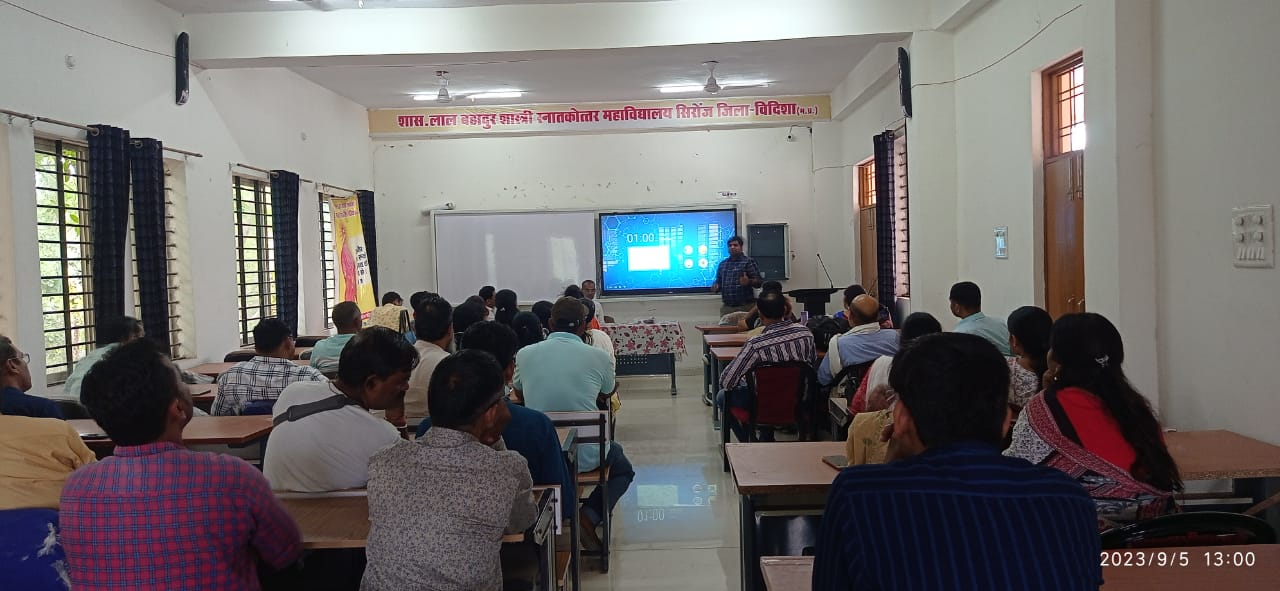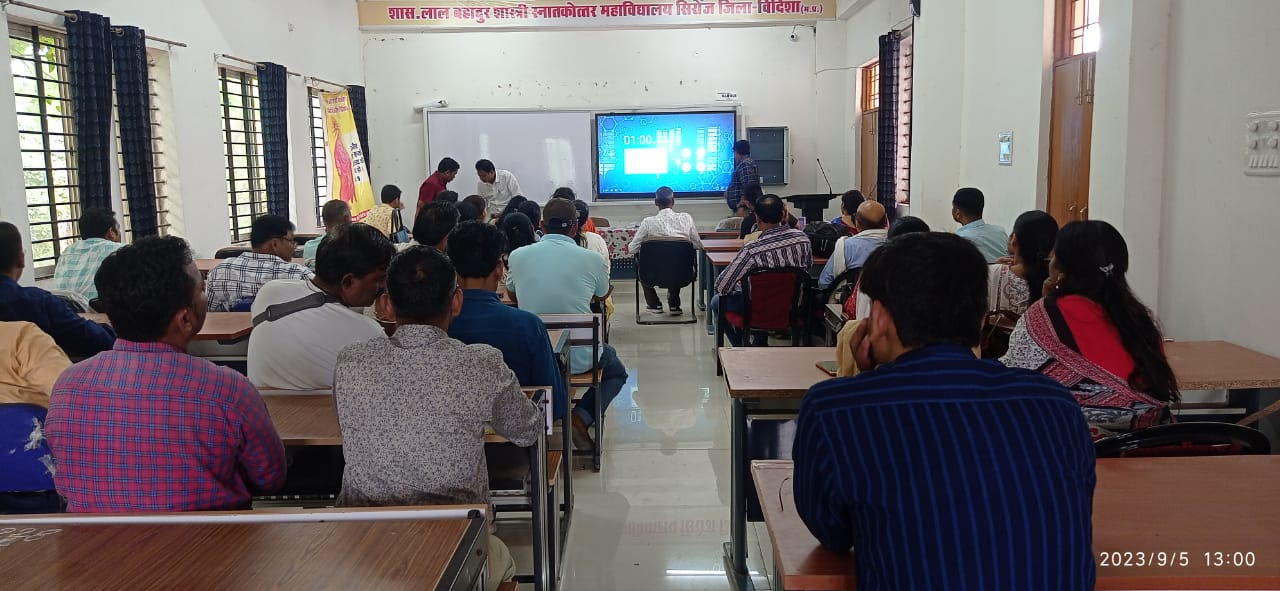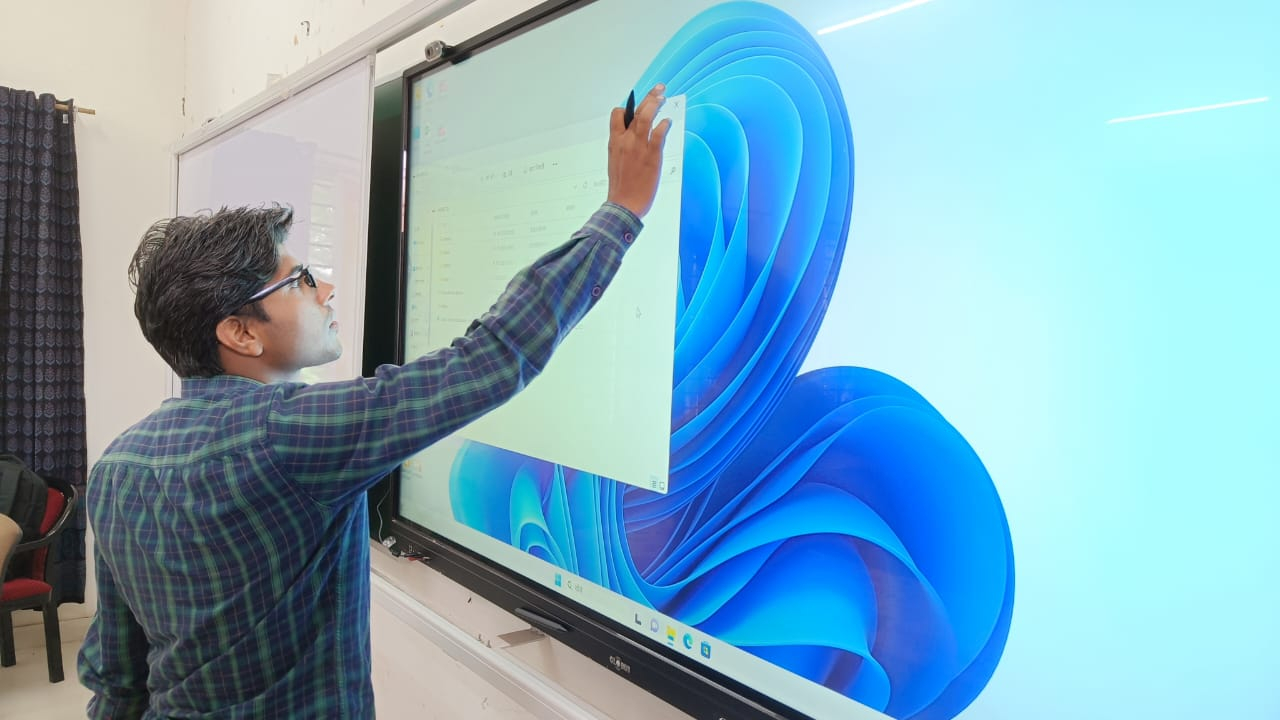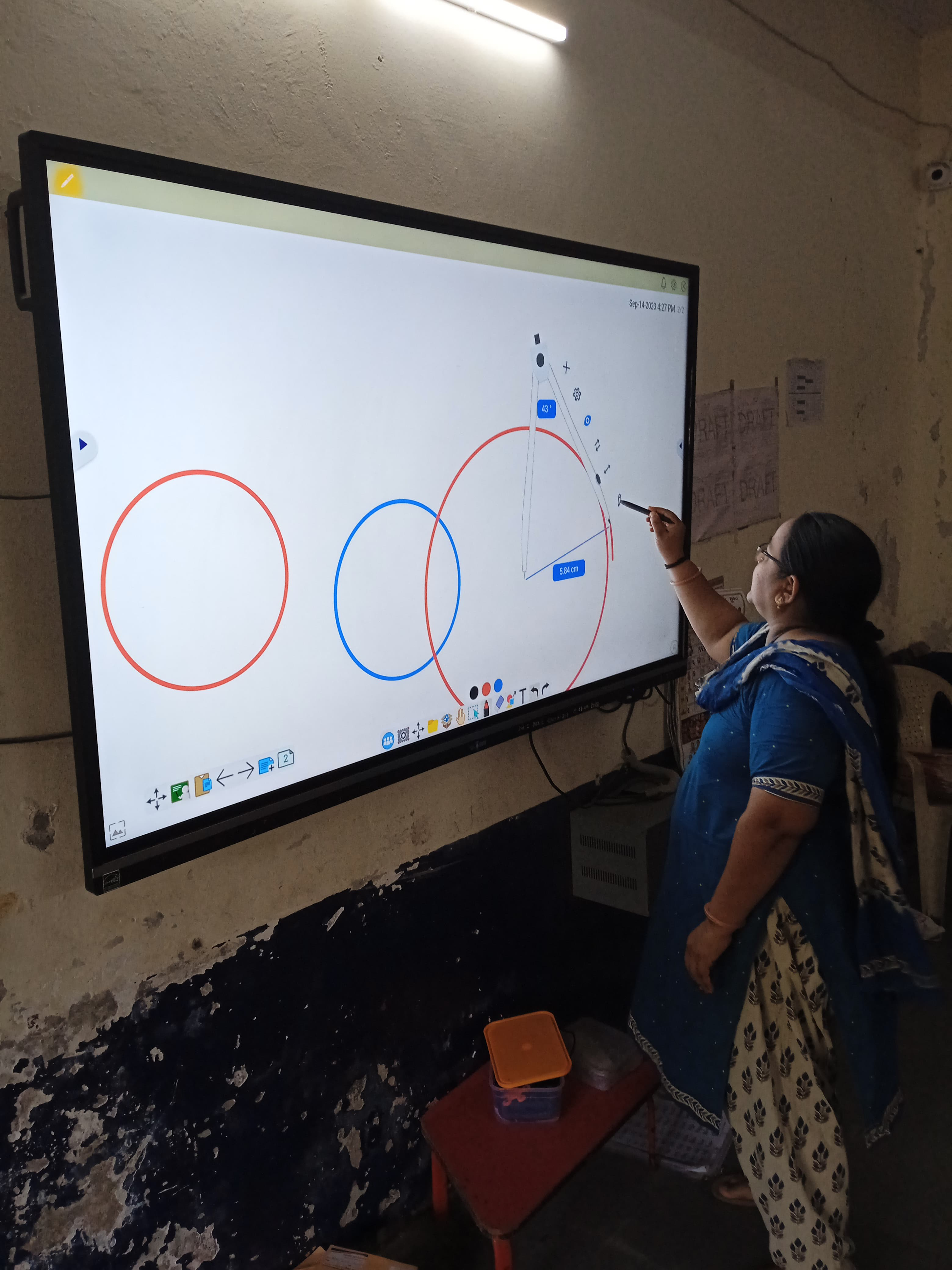- Description
-
Details
In today's fast-paced and interconnected world, the role of technology in education has become more prominent than ever before. Traditional classrooms are rapidly evolving into smart classrooms, where advanced technology solutions are used to create engaging, interactive, and efficient learning environments. This comprehensive guide explores the concept of smart classrooms, delves into the key components of smart classroom solutions, and highlights their significance in shaping the future of education.
I. Introduction to Smart Classrooms
What is a Smart Classroom?
A smart classroom is an innovative learning space equipped with technology tools and digital resources designed to enhance the teaching and learning experience. It leverages a range of technology components, including interactive displays, audio-visual systems, and wireless connectivity, to create a dynamic and engaging educational environment.
The Evolution of Smart Classrooms
The concept of smart classrooms has evolved over the years, driven by advances in technology and a growing recognition of the need to prepare students for a digital future. Traditional methods of teaching have been supplemented and, in some cases, replaced by technology-driven approaches that promote interactivity and collaboration.
II. Components of Smart Classroom Solutions
1. Interactive Whiteboards
Interactive whiteboards serve as the focal point of smart classrooms. These large, touch-sensitive displays replace traditional chalkboards or whiteboards and allow educators to write, draw, and interact with digital content. Interactive whiteboards are a cornerstone of smart classroom solutions, enabling dynamic presentations and real-time collaboration.
2. Audio-Visual Systems
High-quality audio-visual systems, including projectors, surround sound speakers, and microphones, enhance the clarity of presentations and ensure that instructional content is accessible to all students. These systems play a crucial role in creating a multisensory learning experience.
3. Wireless Connectivity
Robust Wi-Fi networks are essential for smart classrooms. They enable students and teachers to access online resources, conduct research, and collaborate on projects seamlessly. Wireless connectivity also supports remote learning, allowing students to participate in lessons from anywhere with an internet connection.
4. Digital Content
Smart classrooms rely on a vast array of digital content, including e-books, interactive simulations, and educational apps. This digital content enriches the curriculum, making learning more engaging, dynamic, and relevant to the digital age.
5. Learning Management Systems (LMS)
Learning Management Systems are centralized platforms that streamline various aspects of education, such as course materials, assignments, grades, and communication. LMS platforms promote organization, efficiency, and easy access to educational resources.
6. Student Response Systems
Student response systems, often in the form of clickers or mobile apps, enable real-time assessment of student understanding. Teachers can pose questions, and students can provide immediate responses, offering valuable feedback for instructional adjustments.
7. Adaptive Learning Platforms
Adaptive learning platforms harness artificial intelligence to personalize instruction for individual students. These systems analyze student performance data and adapt the difficulty and pace of content, optimizing learning outcomes.
8. Augmented and Virtual Reality (AR/VR)
Augmented and Virtual Reality technologies offer immersive learning experiences. Students can explore historical sites, dissect virtual organisms, or simulate complex scientific experiments, deepening their understanding of abstract concepts.
9. Data Analytics
Data analytics tools collect and analyze student performance data, allowing educators to identify areas where students may need additional support. These insights facilitate personalized instruction and early intervention.
10. Security Systems
Security is a paramount concern in smart classrooms. Access control systems, surveillance cameras, and data encryption measures are implemented to safeguard both physical and digital assets, ensuring a secure learning environment.
11. Energy Efficiency
Many smart classrooms prioritize energy efficiency by incorporating environmentally friendly lighting and HVAC systems. Smart sensors optimize energy usage based on occupancy and environmental conditions, reducing operational costs and environmental impact.
12. Assistive Technologies
Smart classrooms are designed to be inclusive, accommodating students with disabilities through assistive technologies such as screen readers and captioning tools, ensuring equitable access to educational resources.
III. The Importance of Smart Classroom Solutions
1. Enhanced Learning Experiences
Smart classrooms offer students interactive and immersive learning experiences. The integration of multimedia, digital content, and interactive technologies makes complex concepts more accessible and engaging, leading to improved comprehension.
2. Improved Student Engagement
The use of interactive whiteboards, multimedia resources, and gamification elements captures students' attention and keeps them actively engaged in lessons. Enhanced engagement often results in better retention of information.
3. Personalized Learning
Adaptive learning platforms and data analytics enable personalized instruction tailored to each student's progress and needs. This personalization optimizes learning outcomes by adapting the curriculum to individual requirements.
4. Access to Rich Resources
Smart classrooms provide students with access to a wealth of digital resources and online educational materials, expanding their knowledge beyond traditional textbooks and encouraging independent research.
5. Collaboration and Communication
Smart classrooms foster collaborative learning. Students can work together on projects, access shared documents, and communicate with peers and teachers through digital platforms, enhancing teamwork and communication skills.
6. Preparation for the Digital Age
In an increasingly technology-driven world, students need digital literacy skills. Smart classrooms expose them to technology from an early age, preparing them for the demands of the modern workforce.
7. Remote Learning Opportunities
Smart classrooms equipped with wireless connectivity enable remote learning. This flexibility is crucial during situations like pandemics or inclement weather when physical attendance may not be possible.
8. Data-Driven Instruction
Data analytics tools provide educators with valuable insights into student performance. They can identify areas of improvement and tailor instruction accordingly, ultimately leading to better academic outcomes.
9. Inclusive Education
Smart classrooms are designed to accommodate students with disabilities. Assistive technologies ensure that every student can access and participate in the learning process, promoting inclusivity.
10. Environmental Sustainability
Many smart classrooms incorporate energy-efficient technologies and sustainable practices, contributing to environmental conservation and teaching students about responsible resource management.
IV. Challenges and Considerations
While smart classrooms offer numerous advantages, there are also challenges and considerations to keep in mind:
1. Initial Costs
The upfront costs of implementing smart classroom solutions can be significant. Schools must budget for hardware, software, training, and ongoing maintenance.
2. Professional Development
Effective use of smart classroom technology requires teacher training and professional development. Schools must invest in training programs to ensure educators can maximize the benefits of these tools.
3. Accessibility and Equity
Ensuring that all students have access to technology, both in school and at home, is a critical consideration. Schools must address issues of digital equity to prevent the technology gap from widening.
4. Data Privacy and Security
Collecting and storing student data in smart classrooms raise privacy and security concerns. Schools must implement robust data protection measures and comply with relevant regulations.
5. Technical Support
Smart classroom technology requires technical support and maintenance to ensure smooth operation. Schools should have a plan in place to address technical issues promptly.
V. Future Trends in Smart Classrooms
The evolution of smart classrooms is an ongoing process. Several trends are shaping the future of smart classroom solutions:
1. Artificial Intelligence (AI)
AI-driven tools will continue to personalize instruction, offering students tailored learning experiences based on their abilities and progress.
2. Extended Reality (XR)
The use of extended reality, including augmented reality (AR) and virtual reality (VR), will become more prevalent, offering students immersive and interactive learning opportunities.
3. Internet of Things (IoT)
IoT devices will play a larger
Smart Classroom Images






- Reviews
-
Default welcome msg!

